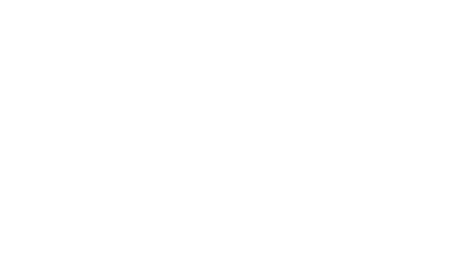Anglo-Saxon find in Norfolk declared treasure
- Published
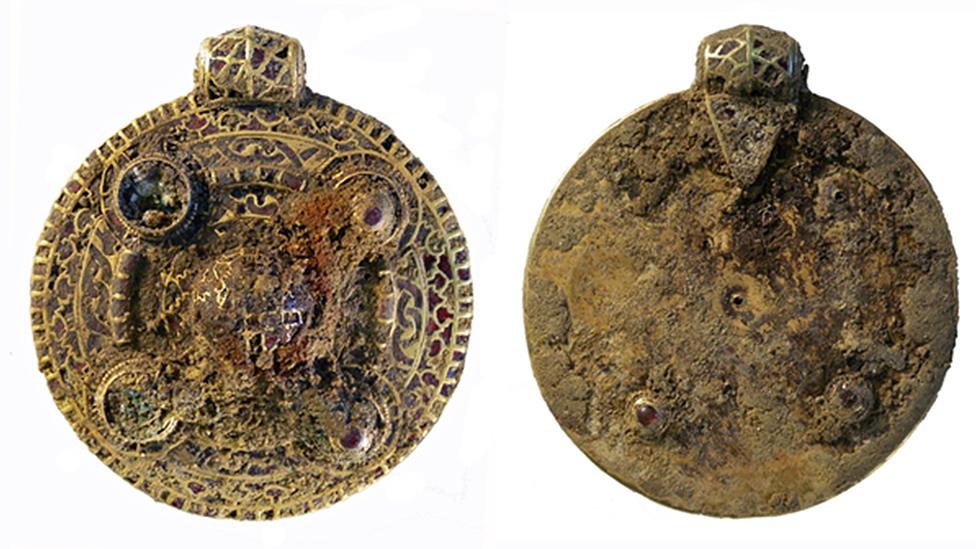
The 7cm (2.8in) pendant is constructed from a sheet of gold and attached with a network of gold cells, set with garnets
A student who found Anglo Saxon jewellery of "national significance" said the discovery has made three years exploring the field worthwhile.
Tom Lucking found a gold pendant inlaid with a profusion of garnets while metal detecting on farmland in 2014.
The 7cm (2.8in) item was found in the grave of a female and has been described as one of the "most elaborate...ever found".
It was declared treasure alongside other items at an inquest in Norwich.
Why is Norfolk a treasure hunting hotspot?
Mr Lucking, 23, a student from Felixstowe who is in his final year studying history at the University of East Anglia, said the discovery "had certainly given me a good dissertation project".
He said: "It makes me pleased I've put time and effort in metal detecting in that field and it was worth going out into the cold and rain over the years to find those things."
He unearthed the pendant whilst exploring a field near Diss, after initially detecting a bronze bowl.
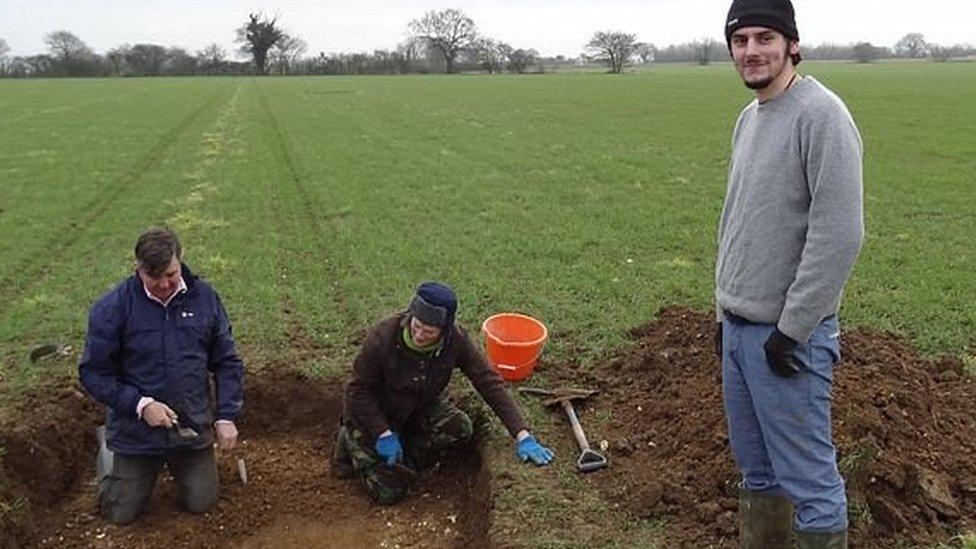
Tom Lucking (right) at site where an Anglo-Saxon female grave was unearthed just before Christmas in 2014
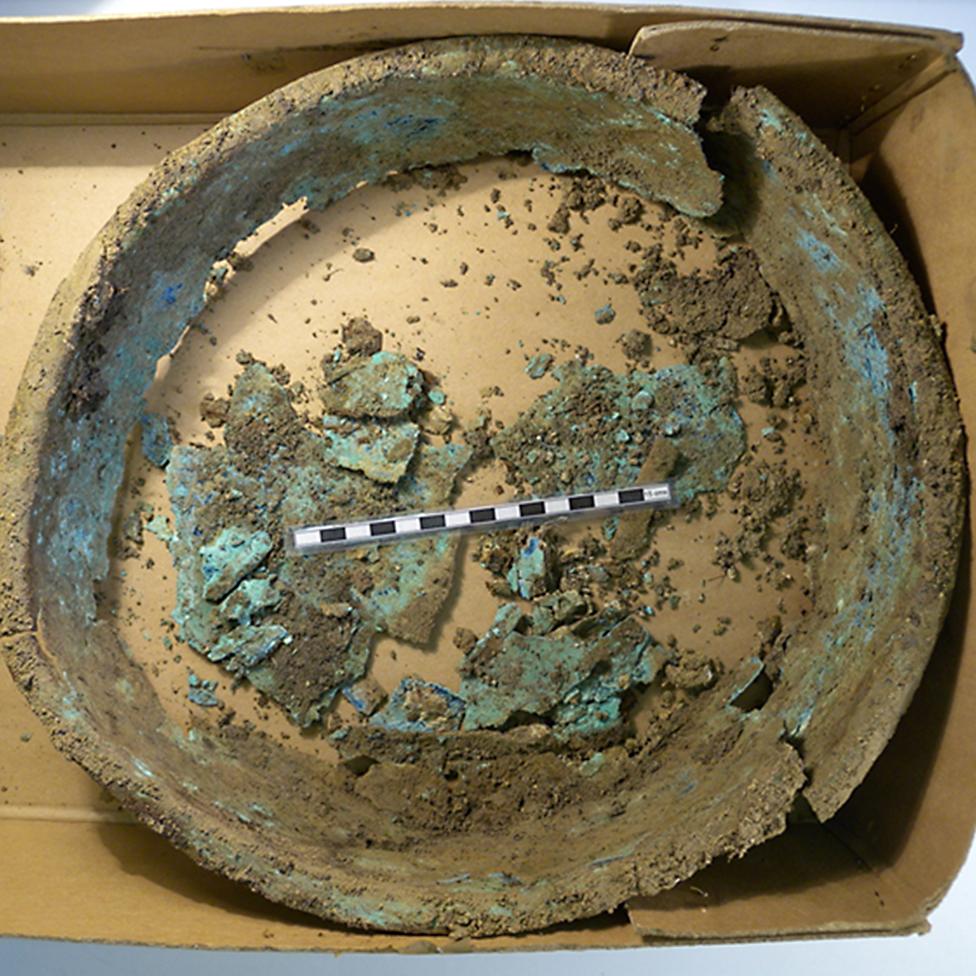
Mr Lucking initally discovered a bronze bowl exploring the field for five hours
After the inquest on Monday, Mr Lucking said: "You can hope, but never really expect to find something like this.
"It's not about the money value, it's about finding something that makes you re-think the whole history of an area."
Julie Shoemark, finds officer for Norfolk, said the burial dates to the cusp of the early Christianisation of Anglo-Saxon England, around the middle of the 7th century AD.
She said: "Within a century of this lady's death, burial practices had completely changed and people were being interred with no associated grave goods, as seen in the burials from Great Ryburgh.
"She was undoubtedly a lady of some status in the community of East Anglia as the magnificent garnet inlaid pendant and associated grave goods demonstrate."
Dr Andrew Rogerson, of the county's Heritage Environment Services, previously described the pendant as one of the "most elaborate...ever found".
He said: "It would seem we have something of major significance."
The British Museum report for the coroner listed a number of precious coins and jewellery found alongside the woman's skeleton.
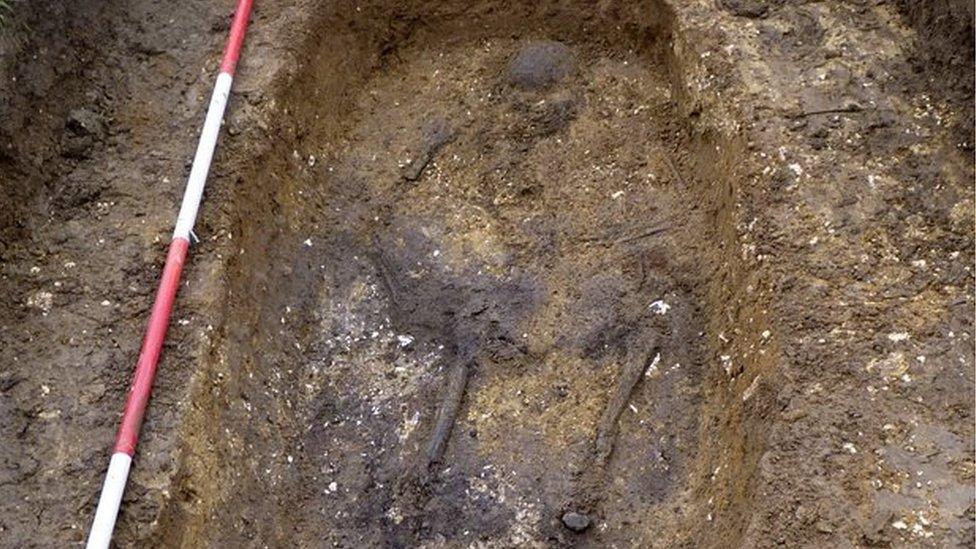
The "high status" woman would have moved in the upper echelons of Anglo-Saxon society

Merovingian coins made into pendants and gold biconical spacer beads among items buried with the female

British Museum identification of items
Gold composite pendant with inlaid garnets
Merovingian coin pendant with (detached) gold suspension loop
Coin pendants dated to the sixth and seventh centuries
Gold biconical spacer beads
Gold openwork pendant with filigree decoration creating the form of a Maltese cross
Iron knife
Copper alloy bowl

Mr Lucking has been metal detecting since he was 11-years-old.
He said he will share proceeds from the sale with the owner of the land and his friend, Stuart Isaacs, who treasure hunts with him.
Norwich Castle Museum is understood to be interested in buying the pendant after it is formally valued by the British Museum.
Related topics
- Published27 February 2015
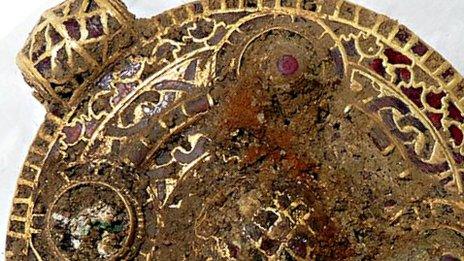
- Published29 January 2015
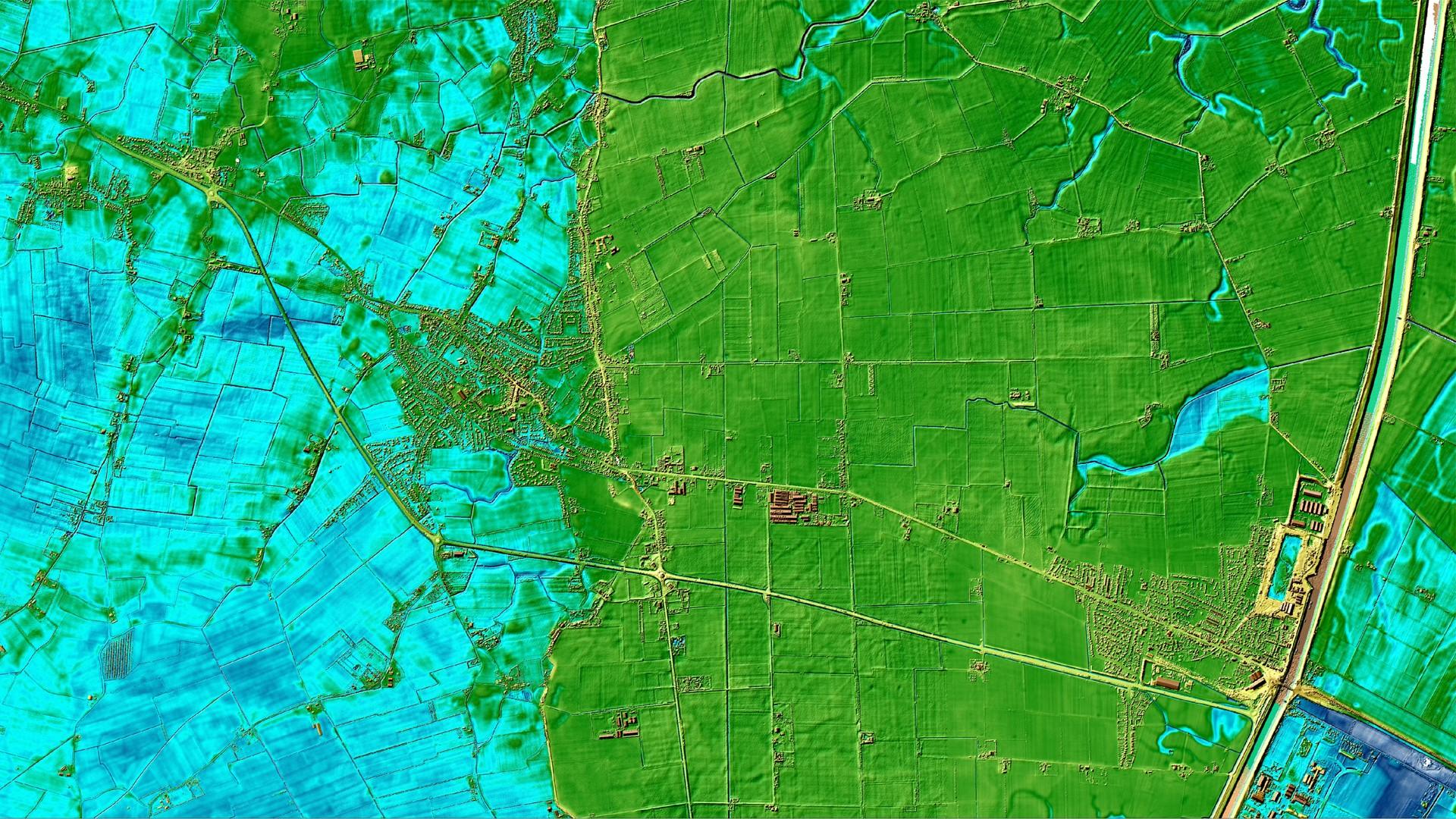
- Published23 August 2014
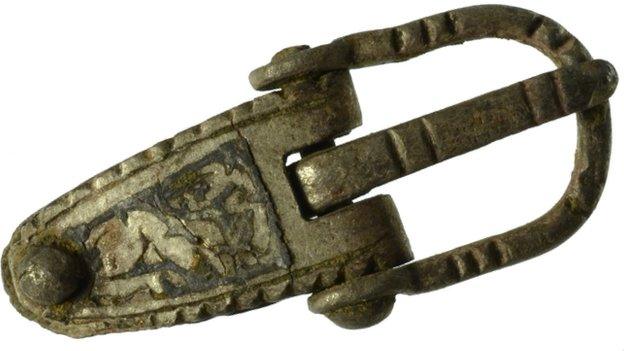
- Published26 July 2014
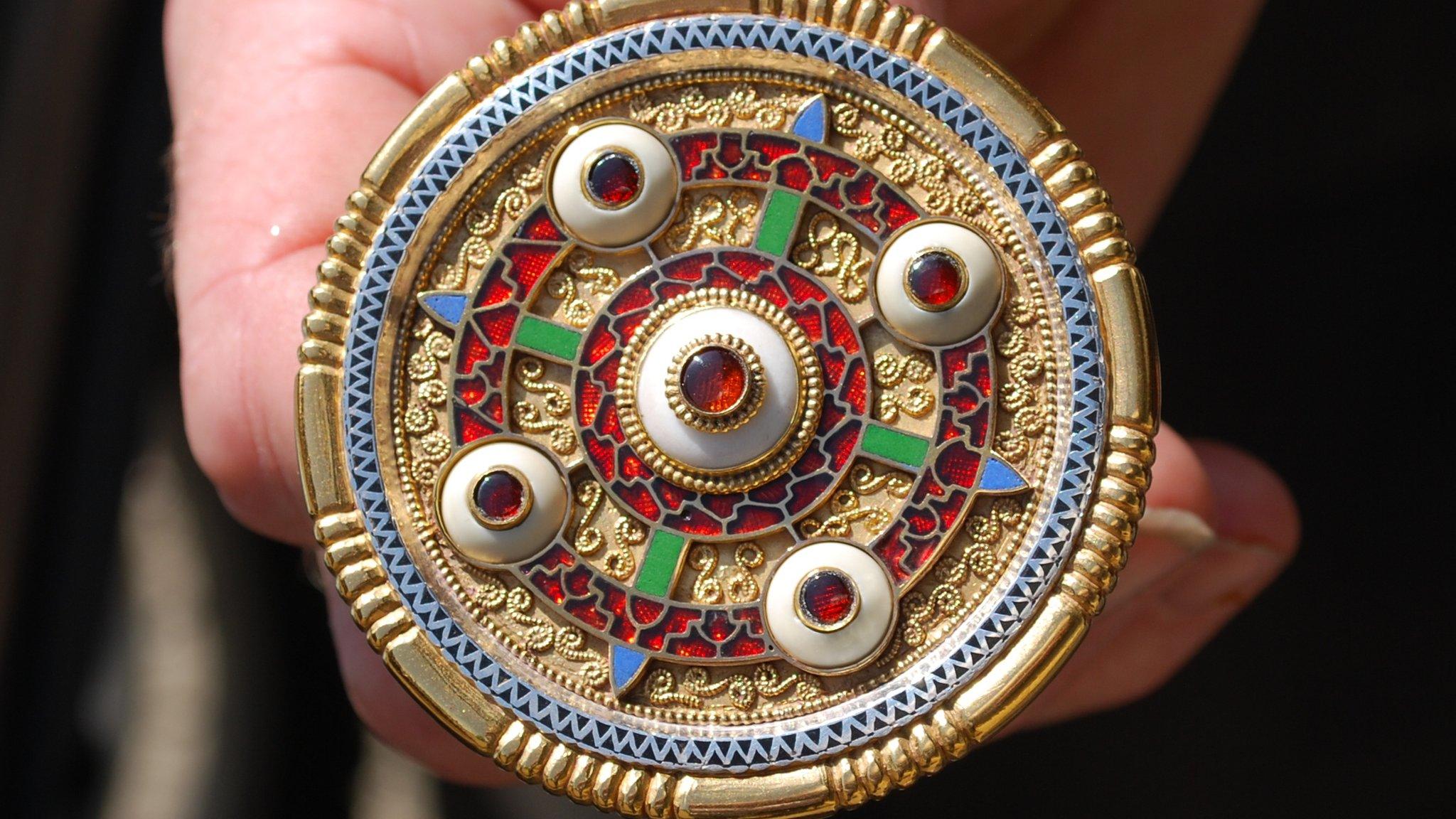
- Published10 July 2014
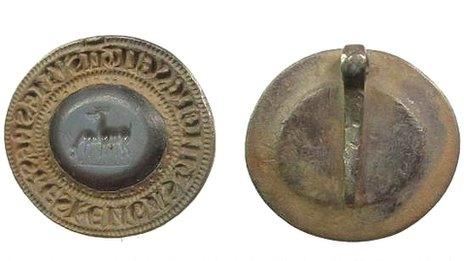
- Published17 April 2014
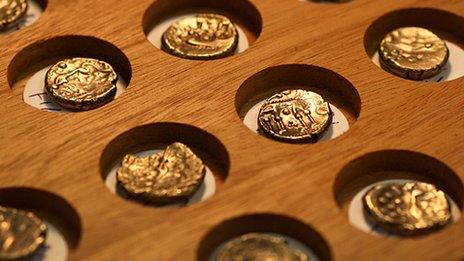
- Published29 April 2014
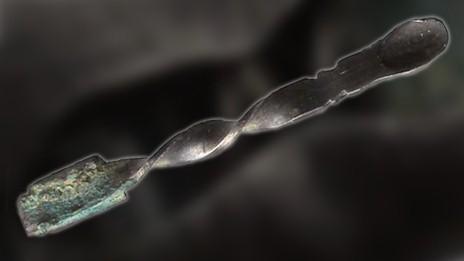
- Published27 December 2013
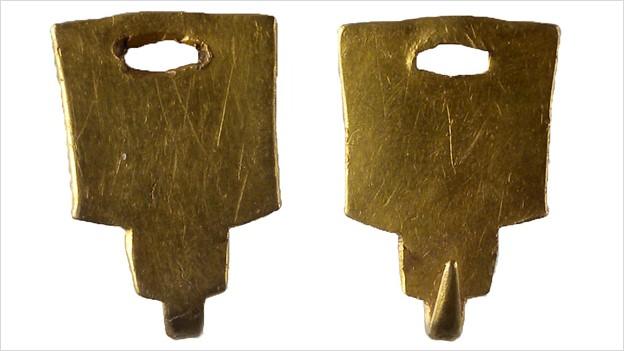
- Published25 August 2013

- Published19 August 2013

- Published7 August 2013
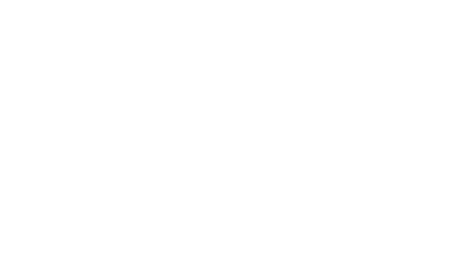
- Published1 August 2013
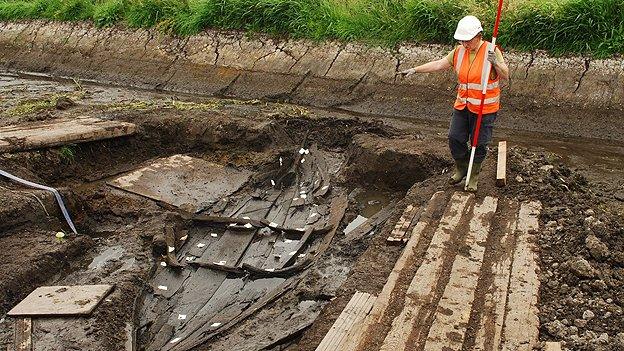
- Published12 July 2013
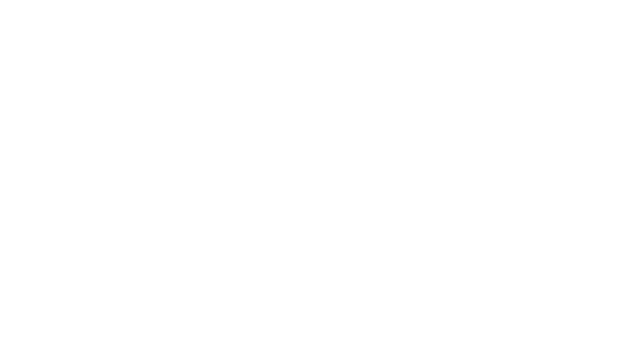
- Published4 May 2013
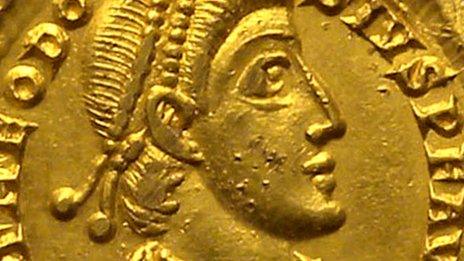
- Published1 April 2013
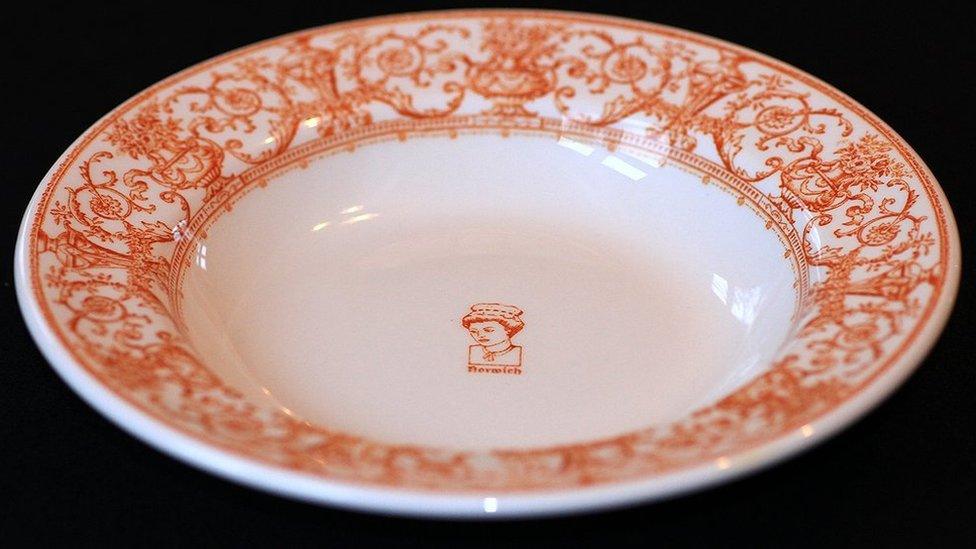
- Published8 December 2012
